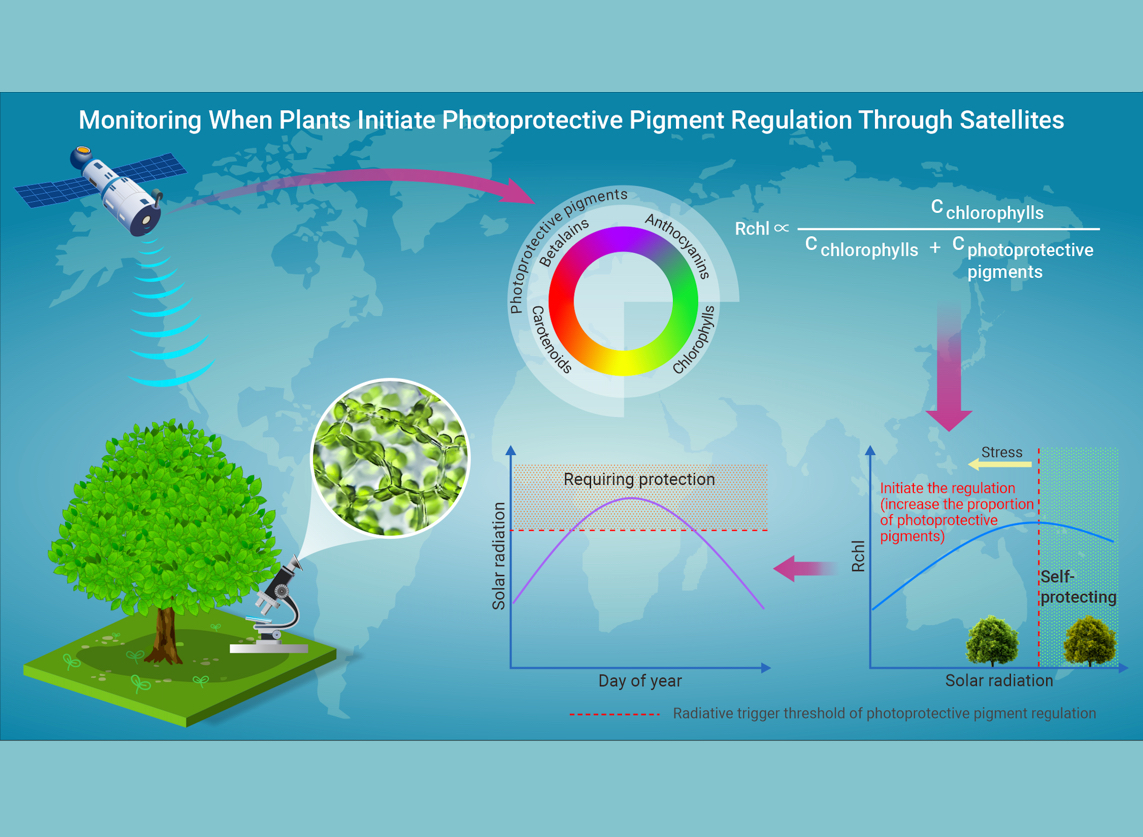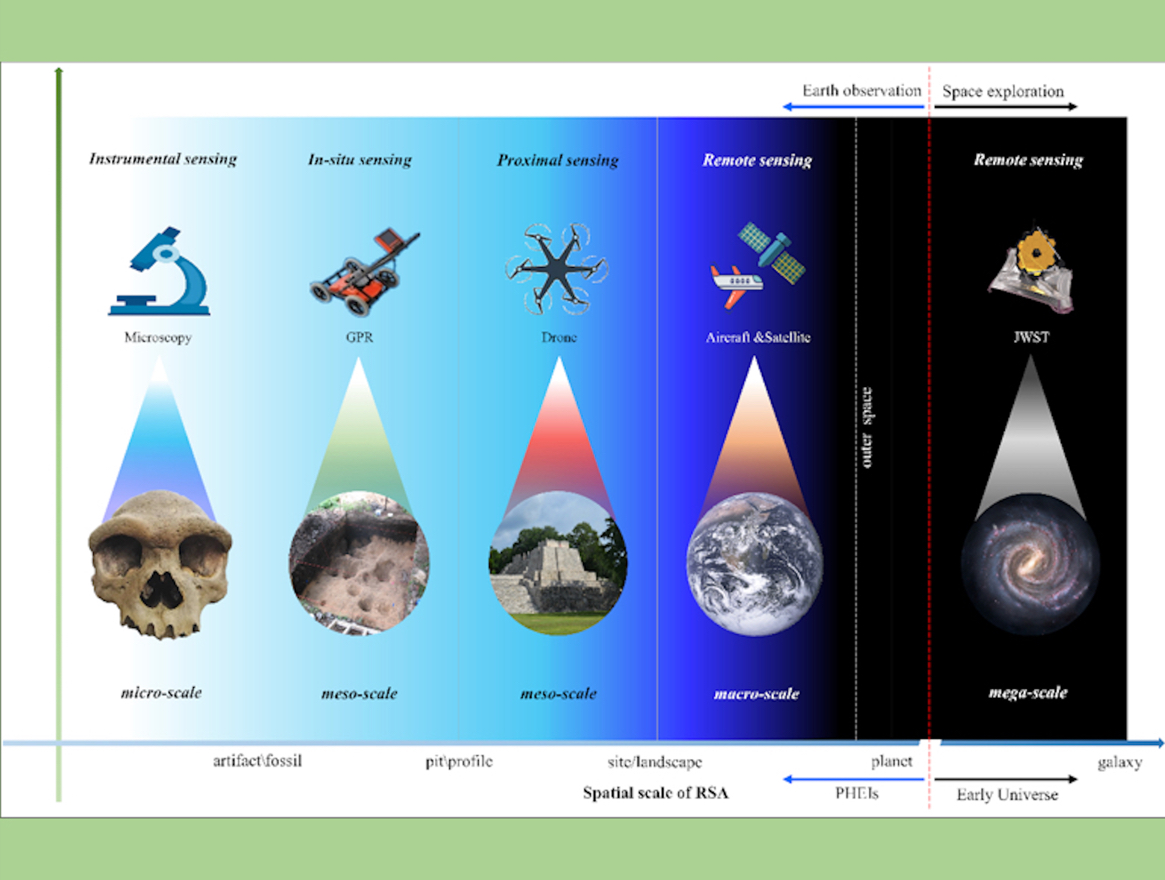-
10-m Soybean Cropland Maps of China Produced
Researchers from the Aerospace Information Research Institute (AIR) at the Chinese Academy of Sciences (CAS) have developed a spatiotemporal migration method to accurately map China's soybean cropland. Leveraging Sentinel-1/2, the innovative technique has yielded 10-m maps of China's soybean cropland spanning from 2019 to 2022. The study was published in Scientific Data.
June 07, 2024 -
 First-Ever Satellite Monitoring of Leaf Photoprotective Pigment Regulation in Global Vegetation
First-Ever Satellite Monitoring of Leaf Photoprotective Pigment Regulation in Global VegetationResearchers at the Aerospace Information Research Institute (AIR) with the Chinese Academy of Sciences (CAS) proposed a novel approach to assess dynamics in photoprotective pigments (carotenoids, anthocyanins, and betalains)at the canopy level. This advancement reveals the climatic conditions under which these adjustments typically occur across various global land ecosystems, providing insights into plant adaptation to detrimental environments.
June 07, 2024 -
 Uncovering Ancient Mysteries from Space: How Remote Sensing is Transforming Archaeology
Uncovering Ancient Mysteries from Space: How Remote Sensing is Transforming ArchaeologyA study published in the Remote Sensing of Environment conducted a bibliometric analysis spanning from 1992 to 2022, which reviewed and described the transformative influence of a century of advancements in RSA.
June 05, 2024 -
 AI Contributes to Ocean Eddy Detection by Synthetic Aperture Radar
AI Contributes to Ocean Eddy Detection by Synthetic Aperture RadarScientists at the Aerospace Information Research Institute (AIR) under the Chinese Academy of Sciences (CAS), in collaboration with their international collogues, have proposed a state-of-the-art deep-learning network, named EOLO, aiming to improve the detection of ocean eddies observed in C-band spaceborne synthetic aperture radar (SAR) imagery. This work has been published in Remote Sensing of Environment , which combines advanced AI algorithms with high-resolution spaceborne SAR data, providing a methodological basis for further studies of sub-mesoscale eddies.
May 20, 2024 -
 Study Unravels Dynamics of Plant Stress Using Solar-Induced Chlorophyll Fluorescence
Study Unravels Dynamics of Plant Stress Using Solar-Induced Chlorophyll FluorescenceA study published in the IEEE Journal of Selected Topics in Applied Earth Observations and Remote Sensing sheds light on how plants respond to stress, specifically in the case of cotton plants affected by verticillium wilt (VW). This disease can wreak havoc on cotton crops but understanding how it affects the plants at the photosynthetic physiological level has been a challenge.
May 27, 2024 -
 Most Detailed Map of Water Bodies Across Tibetan Plateau Produced
Most Detailed Map of Water Bodies Across Tibetan Plateau ProducedIn a recent effort, researchers from the Aerospace Information Research Institute (AIR) at the Chinese Academy of Sciences (CAS) have unveiled an unprecedentedly detailed dataset illuminating the complex network of water bodies sprawled across the Tibetan Plateau. Unlike previous studies, which primarily zoomed in on larger water bodies, this dataset paints a holistic picture by furnishing a high-resolution map of water bodies, pinpointing details down to a remarkable 2-meter precision for the year 2020.
May 28, 2024


